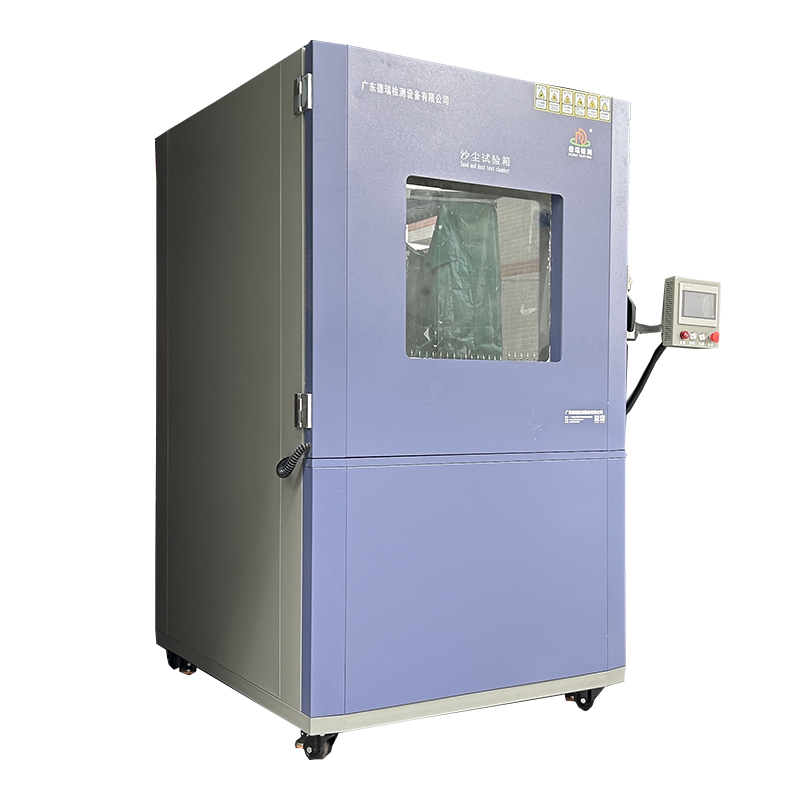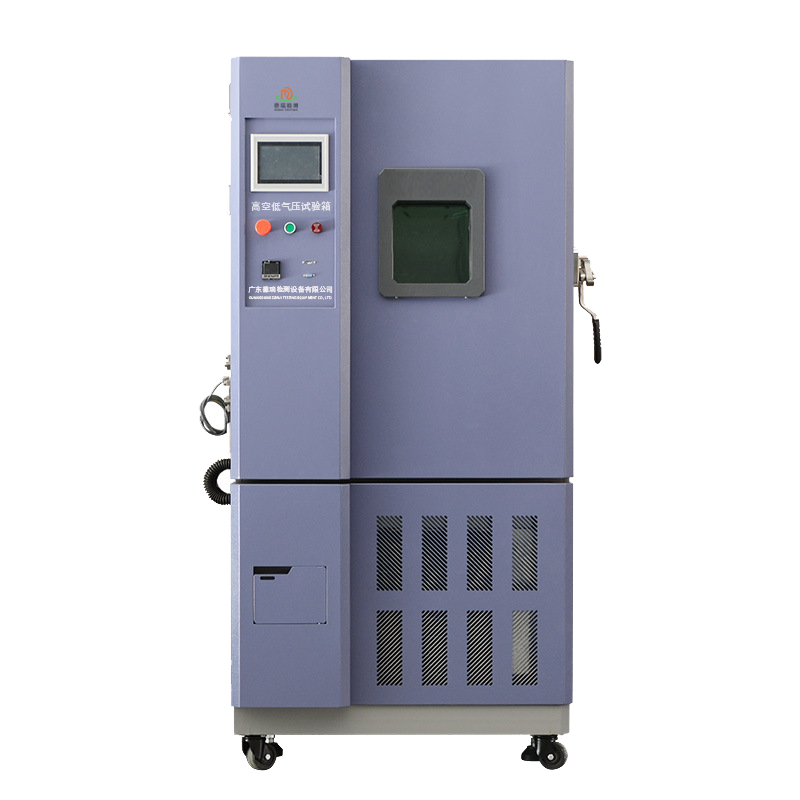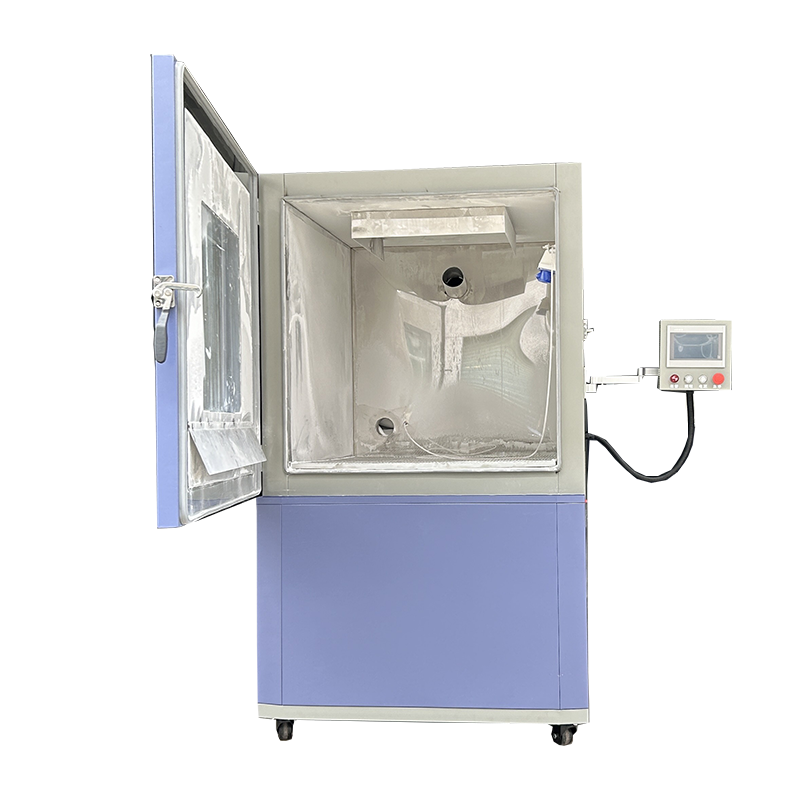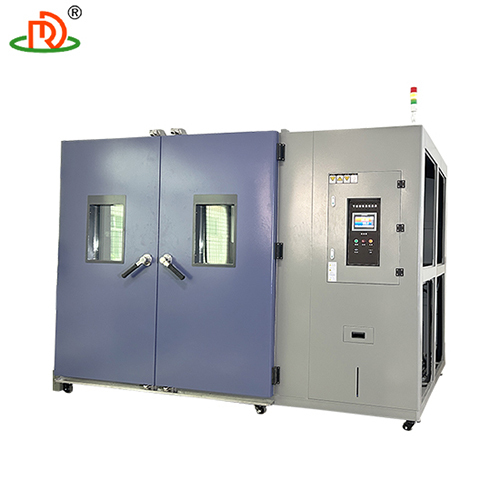
Vertical circulating airflow sand and dust box
Product Details:
- Mounting Type Floor standing
- Max Height 1800 mm (external)
- Specimen Size Max 300 x 300 x 300 mm
- Number of Specimens Up to 6 specimens per test
- Resolution 0.1 / 0.1% RH
- Accuracy 2% RH (humidity), 1 (temperature)
- Response Time Immediate adjustment within 5 seconds
- Click to view more
Vertical circulating airflow sand and dust box Price And Quantity
- 1 Unit
- 268005.0 INR/Unit
Vertical circulating airflow sand and dust box Product Specifications
- Floor standing
- Programmable electronic control
- Up to 6 specimens per test
- Max 300 x 300 x 300 mm
- 1800 mm (external)
- 2% RH (humidity), 1 (temperature)
- 0.1 / 0.1% RH
- 0.5-1.5 m/s adjustable
- Immediate adjustment within 5 seconds
- AC 220V, 50Hz
- Test chamber volume 1000 L
- Room temperature to 60 adjustable
- 0.5-0.8 MPa
- Simulates natural sand and dust environmental conditions
- 1000 mm
- 800 mm
- Stainless steel interior, clear observation window, automated cycling
- RS232, USB
- LCD digital display
- 50Hz
- Dust and sand resistance testing for electronics, automotive and industrial components
- Fully automatic
- Standard environmental sand and dust standards
- Vertical circulating airflow sand and dust test box
- 220V AC
- Industrial laboratory testing
- 150 mm diameter
- 20%-80% RH adjustable
- N/A (Not applicable to equipment chamber)
- Approximately 350 kg
Vertical circulating airflow sand and dust box Trade Information
- Cash in Advance (CID)
- 100 Unit Per Month
- 5 Days
- All India
Product Description
| Item | Specification |
| Internal dimension | 800W*800D*800Hmm |
| External dimension | 1300W*1000D*1700Hmm |
| Test sample | Size W20cm- L30cm-D15cm, weight 0.5kg |
| Chamber material | SUS304 Stainless steel |
| Specifications of square mesh sieve | Mesh hole 75um, mesh metal wire diameter 50um |
| Talcum powder amount | 2kg/ m |
| Airflow speed | No more than 2m/s |
| Door | Left open door with tempered glass door |
| Controller | PLC Touch Screen controller, programmable to set as below cycle: a. Blowing dust time (Stop/Blow) m/s b. Cycle time: can be adjusted c. Pre-set test time: 0s ~99m99s |
| Vacuum system | Pressure gauge, air filter, Pressure regulating FRL, connecting pipe, Vacuum pump |
| Vacuum pump capacity | 60-600 L/H |
| Fan | Centrifugal fan |
| Safety protection devices | Meter over-temperature function, Phase shortage protection, Power short-circuit protection |
Advanced Environmental Simulation
This test box provides precision-controlled simulation of sand and dust environments. With adjustable air circulation up to 30 cycles per hour and programmable settings for humidity and temperature, you can replicate a wide range of real-world conditions. The instruments stainless steel construction and robust sealing ensure accurate and repeatable testing, ideal for evaluating component durability and ingress protection.
User-Friendly Design and Operation
A large observation window with internal LED lighting allows easy monitoring of specimens during testing. Access ports support measurement and cable integration, while caster wheels facilitate mobility. The digital LCD display ensures all parameters are visible at a glance, and the programmable electronic control system provides an intuitive user experience for both routine and complex testing cycles.
Comprehensive Safety and Compliance
Safety mechanisms include overload, over-temperature, and leakage protection, ensuring secure operation in laboratory and industrial environments. The equipment is manufactured to meet leading international standards (IEC 60068-2-68, MIL-STD-810F), supporting consistent, valid results that stand up to regulatory requirements.
FAQs of Vertical circulating airflow sand and dust box:
Q: How does the vertical circulating airflow system function in this sand and dust test box?
A: The system utilizes vertical airflow to evenly distribute sand and dust particles throughout the chamber, enhancing the uniformity of environmental exposure. Integrated filtration ensures effective recirculation, maintaining consistent test conditions while safely containing dust during operation.Q: What types of objects or specimens can be tested with this equipment, and what are the size limits?
A: You can test up to six specimens simultaneously, with each specimen measuring up to 300 x 300 x 300 mm. The chamber is designed for electronics, automotive, and industrial components, providing versatility for various durability and ingress protection assessments.Q: When should I use this sand and dust test box in my product development process?
A: This equipment is ideal during the validation and quality assurance phases of product development, ensuring your products meet required sand and dust resistance standards before market release, especially for items intended for harsh environments.Q: Where is the best location to install the test chamber in a facility?
A: The chamber is floor-standing and mounted on caster wheels for easy transport. It should be installed in a well-ventilated laboratory or testing area with access to AC 220V power and a stable surface to support its 350 kg weight and ensure safe operation.Q: What is the testing process and how can parameters be adjusted?
A: Testing involves placing specimens on adjustable racks, sealing the chamber, and configuring test conditions (airflow, humidity, temperature, timer) through the LCD display. All parameters can be tailored using the programmable electronic control, with immediate response to adjustments in under five seconds.Q: How does this equipment benefit my testing or manufacturing operations?
A: It streamlines sand and dust resistance testing, providing fast, reproducible results that support compliance with international standards. Automated cycling, robust safety features, and user-friendly controls enhance efficiency and reduce manual supervision, ultimately improving product reliability and quality assurance workflows.
Price:
- 50
- 100
- 200
- 250
- 500
- 1000+








 English
English Spanish
Spanish French
French German
German Italian
Italian Chinese (Simplified)
Chinese (Simplified) Japanese
Japanese Korean
Korean Arabic
Arabic Portuguese
Portuguese